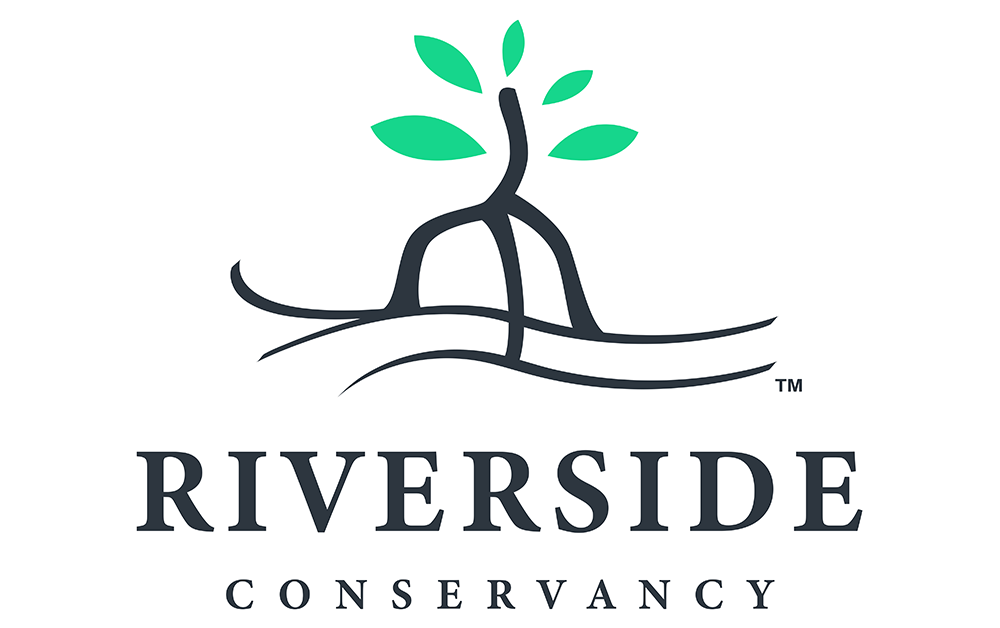By Lisa D. Mickey
Two students and their professor recently huddled on the shoreline at Riverside Conservancy, pointing to species in the lagoon and carefully navigating around the oyster beds below.
A dolphin chasing fish only a few feet away startled all three women, and minutes later, a green sea turtle poked its head out of the water to take a peek at the science students at work.
This was the classroom for these Stetson University students working on their respective senior projects alongside biology professor Dr. Corie Charpentier. It was a hands-on chance for the students to learn from their teacher in a real-life coastal habitat on the shoreline at Riverside Conservancy.
“I’ve always learned better in hands-on experiences, so this helps me really understand species diversity and how it actually affects the area we’re studying,” said Stetson senior Mollire Chivington. “Species diversity is important because it allows the area to flourish and out here, we can see a multitude of species that are all working in their own way to benefit the habitat.”
Her classmate, Zoe Stuckwisch, was making her third trip to Riverside Conservancy for her research.
“I was here in the spring for two different species collections,” she said. “I’ll have those data points available just to compare seasonally, but my main data will be taken from restored shoreline versus unrestored shoreline.”
For her senior project, Stuckwisch plans to compare the habitats of Riverside Conservancy’s restored shoreline to another unrestored shoreline located in the Atlantic Intercoastal Waterway.
“That shoreline has no oyster growth or algal growth, so I will be comparing fish biodiversity and abundance between the two sites,” she said. “We’re looking at where fish are going for breeding grounds and shelter.”
Chivington’s research also is looking at species diversity, but more at the benthic [bottom dwelling] community on the shoreline along the breakwall.
“There was a project done here at this same site [by Stetson University students] four years ago right after the shoreline was restored and it went from an artificial to a natural shoreline,” said Chivington. “I’m comparing past research and looking at species diversity changes and if the benthic animals have increased since then.”
And while Riverside Conservancy’s restored living shoreline is not as expansive as the unrestored – and often damaged -- shorelines on some of the area’s spoil islands, the students and their teacher agree there are plenty of opportunities to learn about the estuarine ecosystem on the center’s property.
“There’s so much to learn here, especially as the shoreline changes,” said Stuckwisch. “And we get to learn about that, too. We can look at previous data and learn about the changes and add our data that can be used in future comparisons.”
Chivington added, “This is a good sample area that we can see as it’s changing. Every time I’ve come out here, the grass has grown more and there are different animals. It’s very cool to see the difference as the restored shoreline grows.”
Dr. Carpentier said the easy access to Riverside’s living shoreline has been beneficial for her students and has provided a unique teaching environment for her with undergraduates.
“This is a great opportunity for students who are interested in restoration and interested in coastal science in general, but maybe they’re not sure about their focus,” she said. “They can come here in this controlled environment, get their feet wet, see all the diversity that is present at the conservancy and learn from it. I’ve really loved working with the students here at Riverside.”

